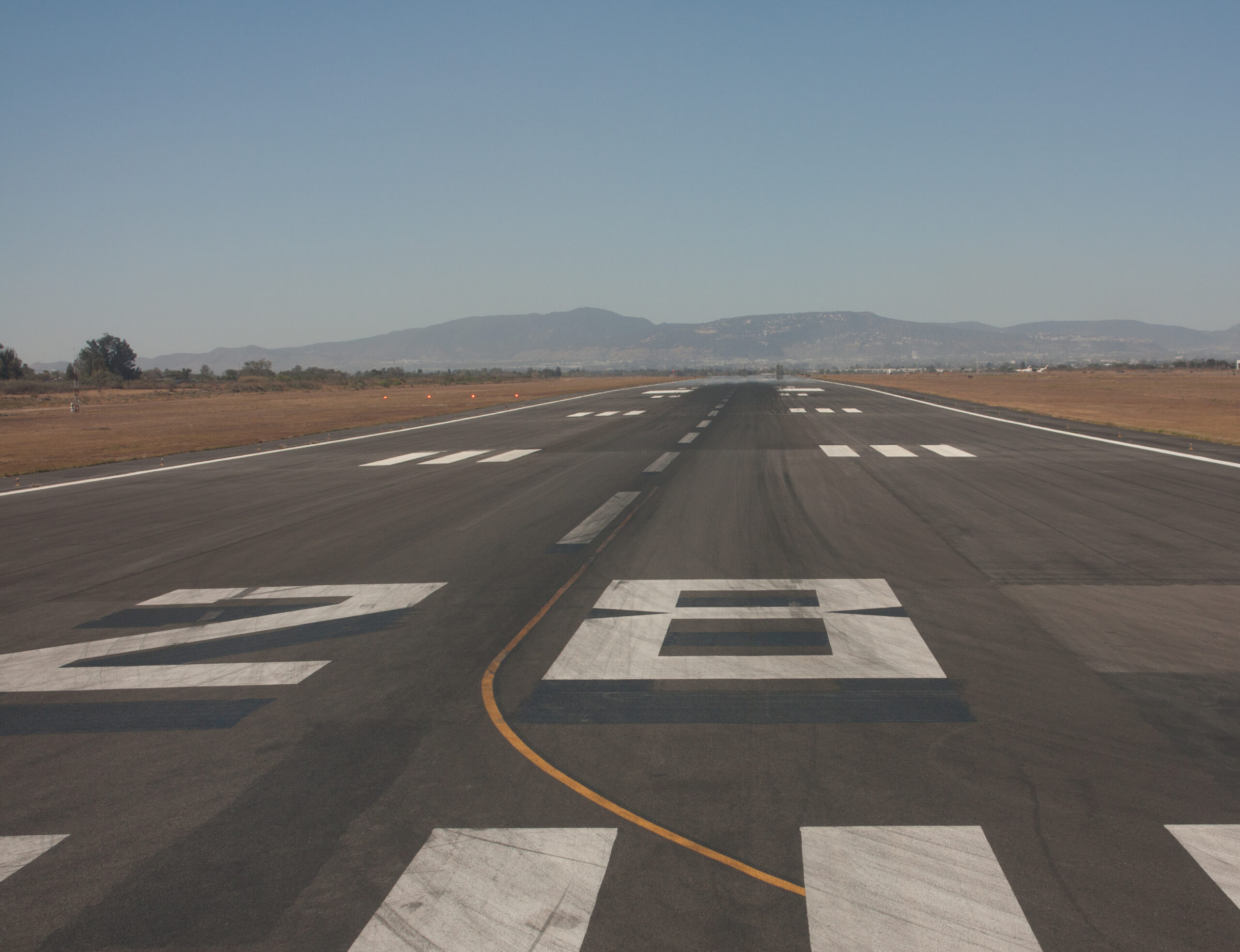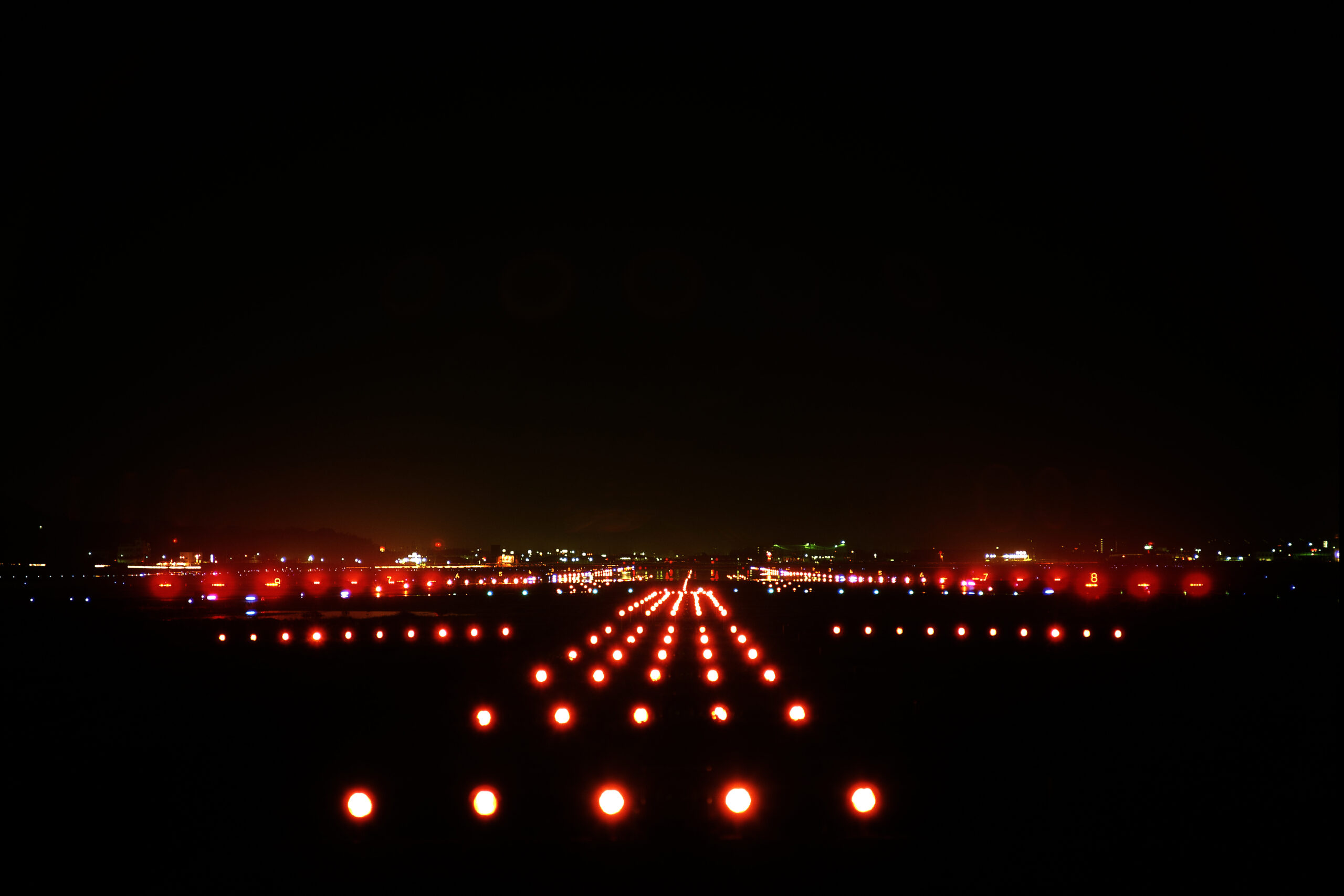As you train to become a pilot, there will come a time when you will realize that things aren’t actually as they appear. Not knowing what to do in these situations can be dangerous for everyone involved.
Runway illusions can interfere with your ability to fly safely and fully see what lies ahead. With the proper training, a pilot can begin to understand what they really see and know how to avoid it.
Below are runway illusions you need to know about.
1: Runway Width
How high you see yourself in the air can be impaired by the runway below. For instance, if a runway is more narrow than you are used to, it will feel as though it creates an illusion that you are higher than you truly are. On the other hand, a wider runway makes it appear as though you are lower than you actually are.
It seems that airport runways should be something that is regulated, as in they should all be created to meet a standard size. However, that is simply not the case. Runways can be narrow or wider depending on where you fly. Knowing about this runway illusion allows you to be able to account for where you are in relation to the ground at all times.
2. Runway and Terrain Slope
Runway illusions happen when a slope is involved, too. When your runway or the surrounding terrain has a downslope to them, they can make it appear as though the aircraft is closer to the ground. The opposite is true when there is an upslope, making the aircraft seem higher.
Understanding runway illusions like this can help you know how you are leading with your approach.
3. Terrain with No Features
It takes practice landing an aircraft when the area around you is so dark. This situation can easily create runway illusions, causing the pilot to fly even lower than normal as they get ready to land.
These situations are common when traveling over the water or over darkened areas. Being aware of them can help you to pay closer attention to how high or low you are flying.
4. Water Refraction
When the weather is rainy, there are certain accommodations that need to be made by the pilot to fly safely. Water refraction is just another one of the many runway illusions that can impair a pilot if they aren’t aware of them.
As the rain hits the windscreen, it is not uncommon for pilots to feel as though they are flying at a higher altitude than they actually are. Why? Because the horizon is appearing lower than it is. The result is that pilots will tend to fly lower, too, and this can impact their approach.
5. Fog and Haze
A pilot’s ideal day of flying will consist of clear blue skies all the way. Although it would be wonderful if we could flip a switch and make that happen every time we get ready for a flight, it just does not work that way.
This means that, as a pilot, there will be days when visibility will be tough thanks to haze and fog. Knowing how to properly handle them and the runway illusions they bring will keep you safe every time.
If your jet enters fog or a cloud as it is heading for a landing, don’t be surprised if you feel like your aircraft is pitched up. It isn’t – it just feels like it is. Instead of trying to make alterations to your approach, pay attention to what your instruments tell you.
Haze can be a bit more tricky with its runway illusions. So much so that the FAA has something to say about it – “atmospheric haze can create an illusion of being at a greater distance and height from the runway. As a result, the pilot will have a tendency to be low on the approach. Conversely, extremely clear air (clear bright conditions of a high altitude airport) can give the pilot the illusion of being closer than he or she actually is, resulting in a high approach, which may result in an overshoot or go around.”
Whenever it is hazy, water particles can cover the windshield and, as a result, interfere with your depth perception. Certain terrain or lights that you use to judge height when coming in for a landing may not be as effective when you cannot see them well.
6. Ground Lighting
Lights on the ground can cause runway illusions – especially when traveling at dark in more remote areas. It is very common to see lights from a roadway and mistake it for a runway. At the same time, bright runway lights will have you believe that you are much closer to the runway than you are.
Know this and make adjustments for it in these situations.
7. Flat Light
Can you imagine losing the distinction between ground, horizon, and sky? It can happen easily on a clear winter day.
Flying with a thick layer of snow over the ground and focusing on visual references rather than relying on your tools can have you flying lower and lower to the ground. You may think that you are still high in the sky but you are dangerously low. Before you know it, you cannot even tell where the ground ends and the sky begins. This is known as flat light.
Many pilots have been fooled by runway illusions like this and have made an unexpected impact with the snow on the ground.
Keep this in mind and be sure to use your instruments – without solely relying on visuals.
Pilot Training at CAU
Pilot training at California Aeronautical University is provided by certified instructors. Between the lessons you learn on the ground and in the air, you can be well-prepared to fly safely and look out for runway illusions.
Whether you are interested in becoming a pilot or just looking for a career in aviation, CAU is preparing the next generation of aviation professionals. Request information today.
Ready to soar in your aviation career?
Mr. Matthew A. Johnston has over 23 years of experience serving various roles in education and is currently serving as the President of California Aeronautical University. He maintains memberships and is a supporting participant with several aviation promoting and advocacy associations including University Aviation Association (UAA), Regional Airline Association (RAA), AOPA, NBAA, and EAA with the Young Eagles program. He is proud of his collaboration with airlines, aviation businesses and individual aviation professionals who are working with him to develop California Aeronautical University as a leader in educating aviation professionals.

